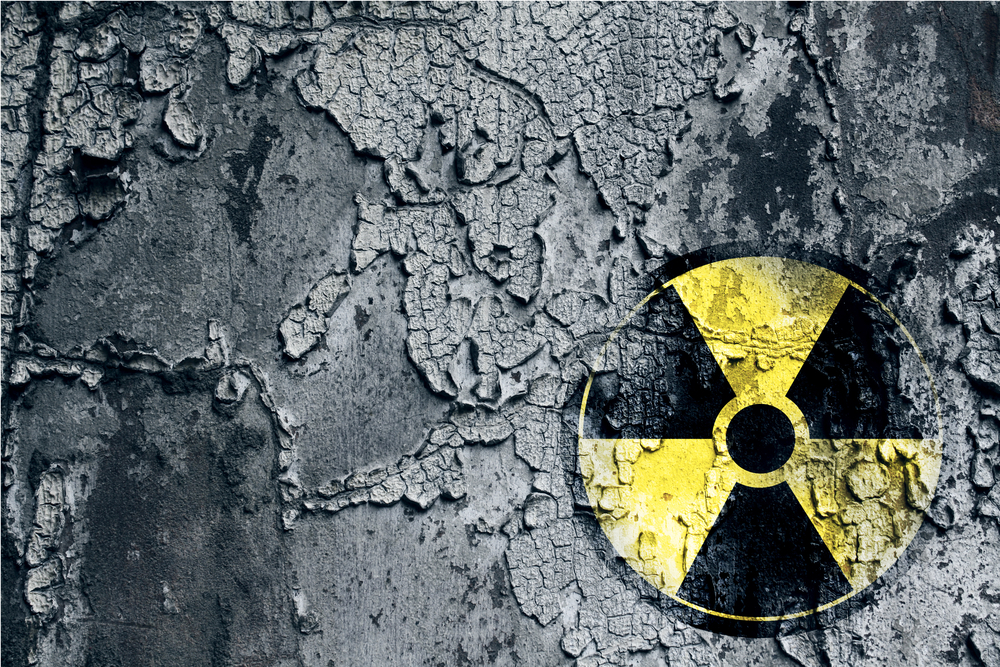
Fukushima radiation levels hit high, endangering robots
When a nuclear catastrophe happens, scientists rely on robotic probes to give them an insider’s view of conditions at the site. Such is the case at Japan’s Fukushima nuclear plant. However, radiation levels are currently so high at the plant that even robotic welfare is being put in jeopardy. Why? They’ll melt.
On March 11, 2001, a tsunami developed after an undersea earthquake shook the area off the coast of Fukushima. The giant wave killed more than 18,000 people and wiped out the nuclear plant there, sending three reactors into meltdown.
Since then, the Japanese government has worked hard to clear up the site, a process that it expects to cost as much as $190 billion and span decades. Part of the reason the cleanup is moving so slowly is the high radiation levels around the site.
Until recently, scientists at the Tokyo Electric Power Co (TEPCO) used radiation-resistant robot probes with attached cameras to wander through reactors and monitor conditions. The robots are about two feet long and small enough to move through a 4-inch-wide pipe that leads into the reactor’s containment vessel.
Radiation levels are measured in seiverts per hour. Robot probes are made to withstand exposure levels up to 530 sieverts per hour – and levels inside one of the reactors have just hit that critical threshold. Robots sent in to operate at that exposure level will shut down within a mere two hours.
Thankfully, TEPCO reports that the radiation is confined within the reactor and there are no leaks. They say that the high radiation levels are likely confined to a single point. This means that if a robot is moving around, it can likely continue to operate within the reactor – providing real hope for a continued monitoring and recovery process.
—
By Dawn Henderson, Earth.com Staff Writer













